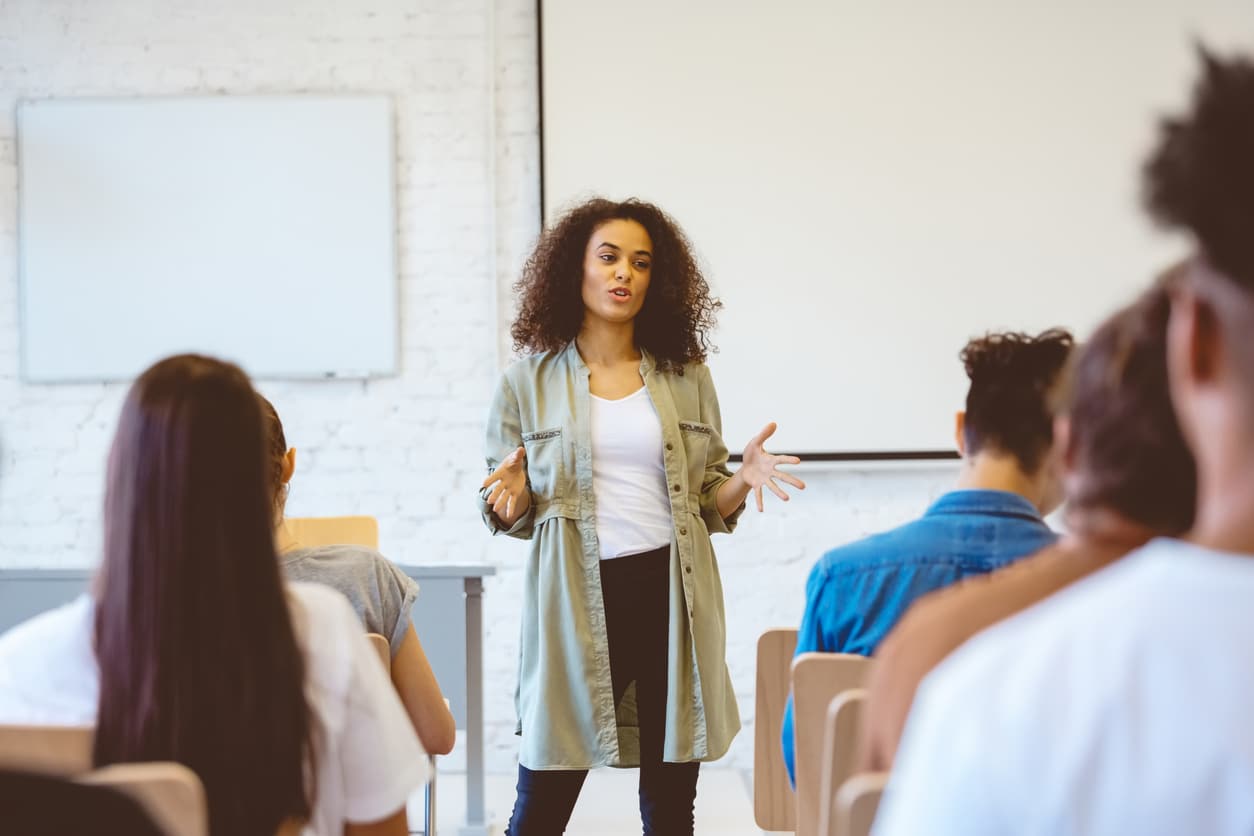Tomorrow, Saturday 8th March 2025, marks International Women’s Day (IWD) – a day dedicated to recognising the achievements of women and advocating for a more inclusive future. In 2025, the United Nations theme for IWD, “For ALL Women and Girls: Rights. Equality. Empowerment.“, calls for a renewed commitment to gender equity, ensuring that women and girls everywhere have the opportunities, support, and visibility they deserve.
This year’s IWD also celebrates the 30th Anniversary on the Beijing Declaration and Platform for Action. This document transformed the women’s rights agenda in terms of legal protection, access to services, youth engagement, and change in social norms and outdated stereotypes.
We spoke with some of the remarkable women at Royce who are making an impact in materials science. They share their career journeys, inspirations, and experiences in STEM, offering insights on how we can break down barriers and create a more inclusive future for women and girls in science.
Dr. Alice La Porta – Public Outreach Officer
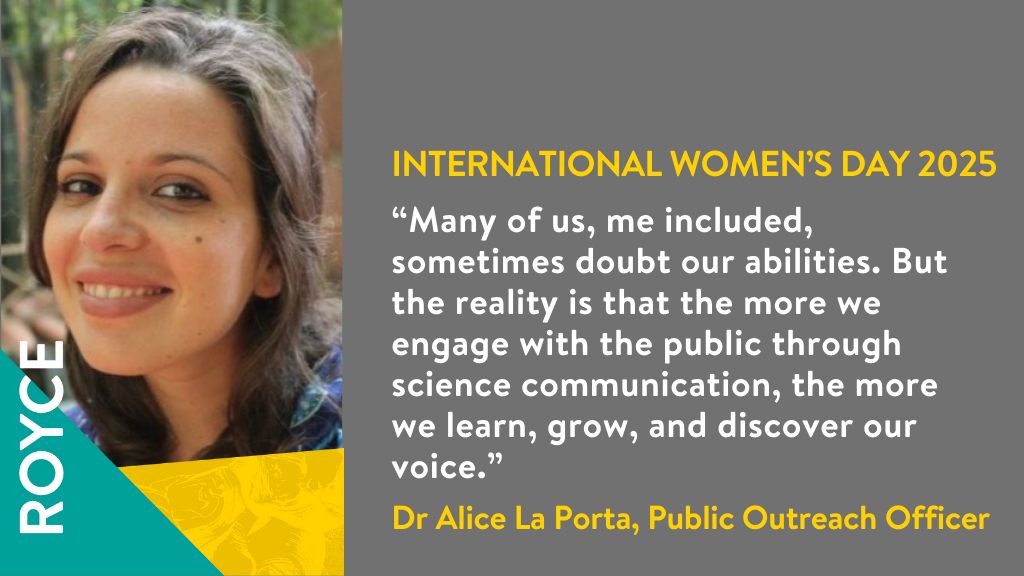
Are there any women in STEM who have particularly inspired you?
Growing up, I was always fascinated by both history and science. I vividly remember watching a television interview with Margherita Hack, one of Italy’s most renowned astrophysicists and science communicators. What captivated me was not just her scientific expertise but also her passionate advocacy for activism in science.
Margherita Hack was a pioneering Italian astrophysicist and one of the first women to earn a degree in physics during World War II. She is widely recognised in Italy for her groundbreaking work in stellar spectroscopy and was also the first woman to direct the Trieste Astronomical Observatory. She made significant contributions to the study of new stars and galaxies, earning her the nickname ‘Signora delle Stelle’ (Lady of the Stars). Beyond her scientific achievements, what struck me the most as a young person was her relentless advocacy, championing progressive causes and emphasising the vital role of science in shaping a better society.
She profoundly shaped my belief that scientists have a social obligation to give back to society—not only by sharing their discoveries through academic publications but also by making knowledge accessible to everyone. More importantly, they should play a crucial role in social and political discourse to help prevent history from repeating itself. That, I believe, was the greatest lesson I learned from Margherita, and it has continued to inspire me ever since.
What advice would you give to women who want to work in science communication and outreach?
I would like to start by saying that everyone’s path to science communication is unique. Personally, I began by studying archaeology and heritage, then specialised in human evolution and prehistory. Today, I design and lead public engagement strategies for a research institute focused on shaping society through the development of new materials that reduce environmental impact and help shorten the commercialisation time of these innovations.
This journey has reinforced my belief that each path to science communication is different. Having a solid understanding of how to read and interpret complex information, along with the ability to think critically, is, in my opinion, the key starting point.
Another important aspect is always keeping the audience in mind. Science should not just be for scientists—science is a public good! So, think about who you want to engage with and ensure your communication is not only informative but also enjoyable for you. If you enjoy the process, it will come through in your work.
Lastly, building a network and believing in your skills is key. Many of us, me included, sometimes doubt our abilities. But the reality is that the more we engage with the public through science communication, the more we learn, grow, and discover our voice. The best way to start science communication, I believe, is simply by doing it!
If you could change one misconception about women in STEM, what would it be?
I believe the answer may vary depending on the geopolitical context. Fortunately, in many countries, the misconception that women are somehow less suited for science, business, technology, and managerial fields has been challenged and changed over time.
Significant progress has been made in confronting these outdated stereotypes, though unfortunately, this is not the case everywhere. Many obstacles remain for women—and not only women but minorities in general—in dominated or skewed environments. While integration policies have been implemented in many institutions and workplaces, there is still a lack of comprehensive support in many others. For example, access to childcare and household responsibilities continue to be major issues for many women—not just in STEM disciplines, but across all fields—making it harder for them to fully participate and advance in their careers.
Additionally, many workplaces still overlook basic yet essential needs for women, such as the absence of policies addressing period pain, which can be debilitating for many women for several days each month. This often-overlooked issue can have a significant impact on women’s health, well-being, and productivity. Implementing policies that acknowledge and support these needs is crucial for fostering truly inclusive and supportive environments. Ultimately, while the misconception about women’s capabilities may be changing, achieving true gender equality in the workplace and STEM requires ongoing attention to these structural and societal barriers.
Can you share a success story of a young woman or girl who was inspired by one of Royce’s outreach programmes?
The Royce outreach program has delivered an extensive and diverse range of activities over the past few years. I’ve witnessed countless inspiring moments, with many visitors and children returning to express their gratitude and share how our programs have sparked their interest in materials science.
However, one experience from this year’s major science festival stands out. At the festival, one of our amazing volunteers was demonstrating the wonders of nanomaterials and graphene through microscopy. A family with two children spent over an hour at our stand, completely captivated by the exhibits.
By the end of the session, the young girl was so fascinated by nanomaterials that she eagerly gathered all the informational materials available. She told us she planned to take them to her school and ask her teacher to arrange a session on graphene so her classmates could explore this fascinating field as well. Seeing her enthusiasm and determination was a reminder of the impact that outreach can have in inspiring curiosity and encouraging the next generation to explore all science fields.
Dr Miley Li – Technical Specialist for Cell Culture and Bioimaging
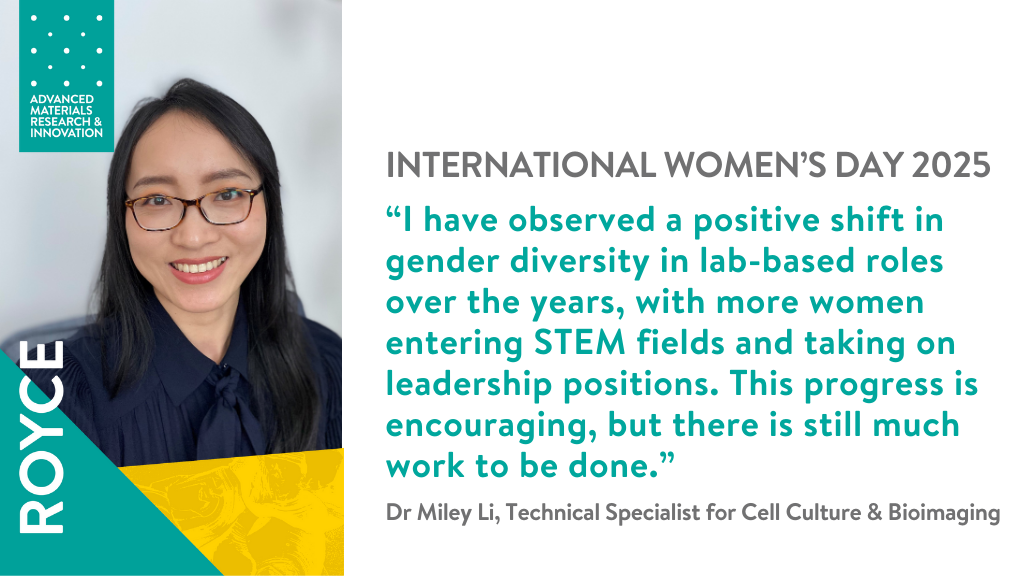
Are there any women in STEM who have particularly inspired you?
Many remarkable women in science have inspired me since I was young, but one person who stands out is Prof. Raechelle D’Sa, my PhD supervisor and a female researcher in Biomedical Materials.
Prof. D’Sa has been more than a role model to me—she has been a mentor and a source of unwavering support. As an international female student, I relied on her guidance, whether it was for academic challenges, career advice, or personal matters. Her dedication to supporting and inspiring the next generation of women in STEM has left a profound impact on me.
Who/What inspired you to pursue a career as a technical specialist, and how did you get started?
My journey to becoming a technical specialist began with my hands-on lab experiences during my studies. I was captivated by the practical nature of the work and the opportunity to apply scientific principles to solve real-world problems. I pursued a degree in Bioengineering, which led me to biomaterials research projects where I learned and developed my technical skills in the lab.
Along the way, I was fortunate to have mentors who encouraged me to stay on this path, even when I faced doubts or challenges. Their support and belief in my abilities played a crucial role in my career selection and fuelling my passion for technical and lab-based work.
Have you noticed a shift in gender diversity in lab-based roles over the years?
Yes, I have observed a positive shift in gender diversity in lab-based roles over the years, with more women entering STEM fields and taking on leadership positions. This progress is encouraging, but there is still much work to be done.
Women continue to face challenges in accessing equal opportunities for career advancement and support throughout their professional journeys. It is still important to have a more equitable and inclusive environment for women in STEM.
How do you think more women and girls can be encouraged to pursue careers in lab-based roles?
From my perspective, to encourage more women and girls to pursue lab-based roles, we need to start early by exposing them to STEM through hands-on activities, role models, and mentorship programs. Schools and organisations can play a key role by creating inclusive and supportive environments that challenge stereotypes and celebrate diversity.
Also, showcasing the real-world impact of STEM careers, particularly in fields like biomedical materials, can help young women see the value and excitement in these roles.
Finally, to address systemic barriers, such as unconscious bias and unequal opportunities, to ensure that women feel supported and empowered to thrive in STEM.
Read more about Royce’s commitment to Equality, Diversity and Inclusion here.
